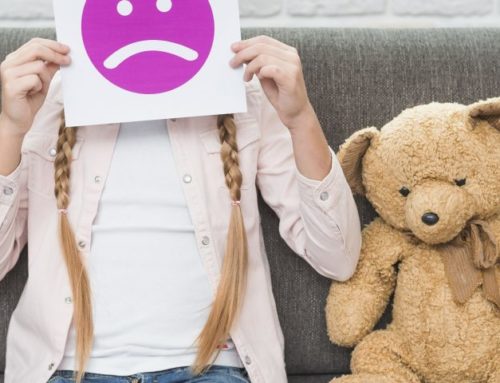A dilemma common to parents of sick children, particularly in the winter months when illnesses are more rampant, is knowing when to take the child to the pediatrician, a local urgent care or the nearest emergency room. One option is to start by calling the child’s pediatrician. Many doctors’ offices provide after-hour service via a call center. Individuals with medical knowledge staff the center; they can provide a framework of reference as to how the child should be treated. In situations where the parents cannot reach the pediatrician’s office, they can consult this handy reference of problems that are treated in urgent care facilities versus emergency rooms.
Understanding Emergency Facilities
The urgent care facility is useful for injuries and illnesses that need to be seen that day but that are not life-threatening or debilitating. In addition, parents should keep in mind that urgent care centers have only basic diagnostic equipment but may not have access to CT or MRI machines or to sedation. Doctors here provide quick care and are usually able to send the child home within the hour. Parents can take their children here if the child has a sprain, a minor fracture, a minor cut, small burns that do not cover much of the body, vomiting, and diarrhea without dehydration, mild allergies or asthma attacks. In addition, these doctors can treat general cold and flu symptoms, such as earaches, muscle aches, chest congestion and mild fevers. Parents should keep in mind that any fever in a child under the age of two months is considered dangerous and should be treated in the emergency room.
However, the nearest emergency room is the correct choice for children with more concerning or life-threatening symptoms. Other than very high fever or fever in an infant under two months, children with concussions, moderate to severe fractures with swelling, extreme difficulty breathing, very deep cuts, seizures or dehydration should be seen in the emergency room. Of course, parents are urged to call 911 for life-threatening emergencies, such as for children who are gasping for breath, those who have profuse bleeding or those who are unconscious.




